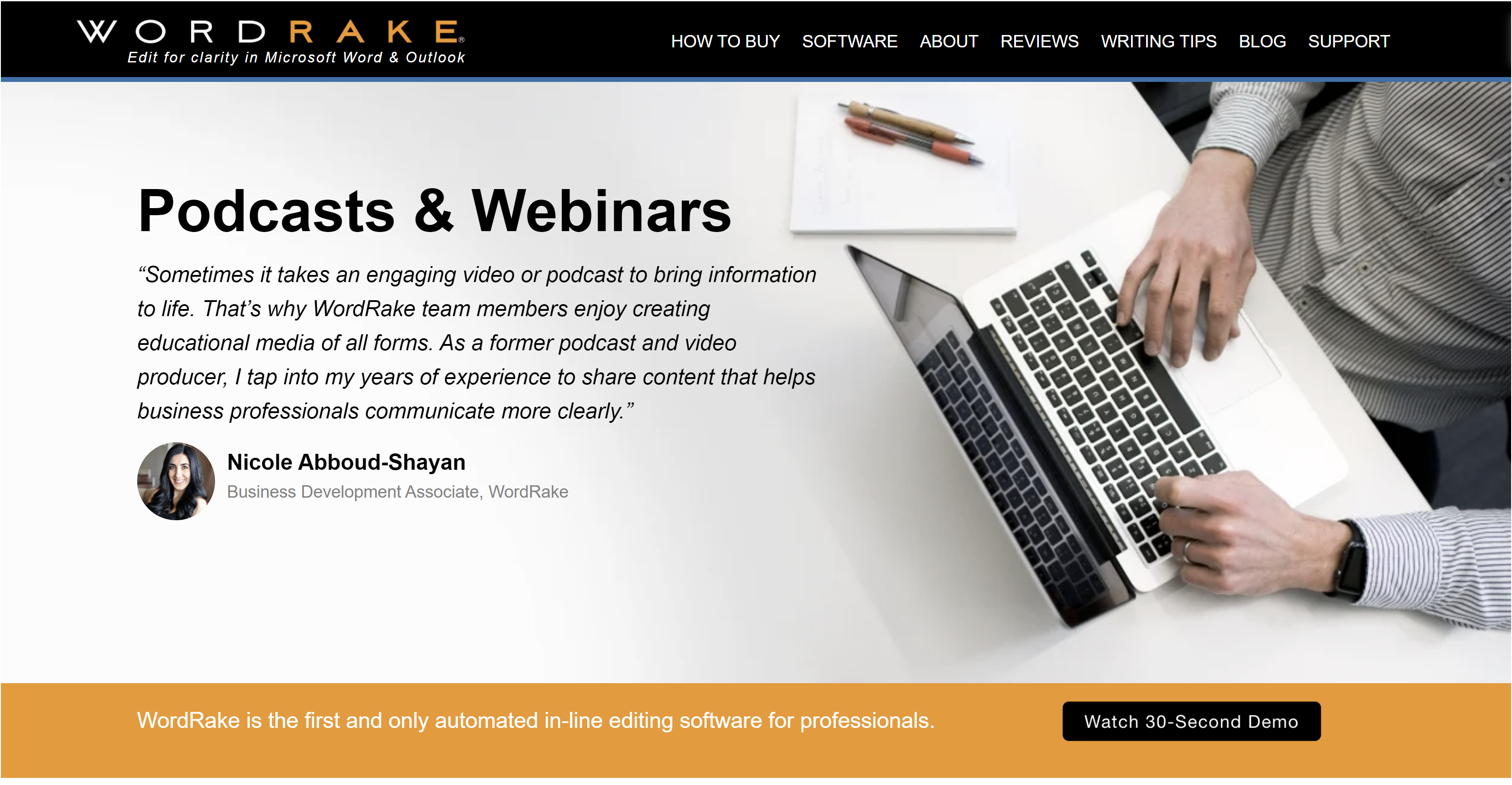

I downloaded the PDF and converted it to Word, selected WordRake’s new Simplicity mode, and hit the Rake button. Bruen, written by Justice Clarence Thomas. Here’s What Happened), I chose another controversial opinion from the court’s most-recent term, the Second Amendment case of New York State Rifle & Pistol Association v. Wade (I Ran Justice Alito’s Draft Abortion Opinion through the BriefCatch Legal Editing Software. Having recently used a different legal editing software, BriefCatch, on the leaked draft of Justice Samuel Alito’s opinion overturning Roe v.
-1.png)
WordRake gave me a preview copy of this new version 4.0, so, in keeping with those prior posts, I decided to do the same. In previous blog posts, I have tested WordRake by using it to evaluate suggested edits to Supreme Court opinions. Read about WordRake in the LawNext Legal Technology Directory. It converts jargon, bureaucratic language and difficult words into words that are more familiar, WordRake says. The new Simplicity mode focuses on making suggestions designed to simplify complex language. You might consider the Brevity mode to be “classic” WordRake, in that it does what WordRake has always done - suggest edits that can make a document more concise. With this release, WordRake now has two editing modes: Brevity and Simplicity. As reported here yesterday, the legal editing software WordRake released a new version 4.0 that expands its functionality, adds new pricing options for less-frequent users, and introduces a new Simplicity editing mode for simplifying complex language.


 0 kommentar(er)
0 kommentar(er)
